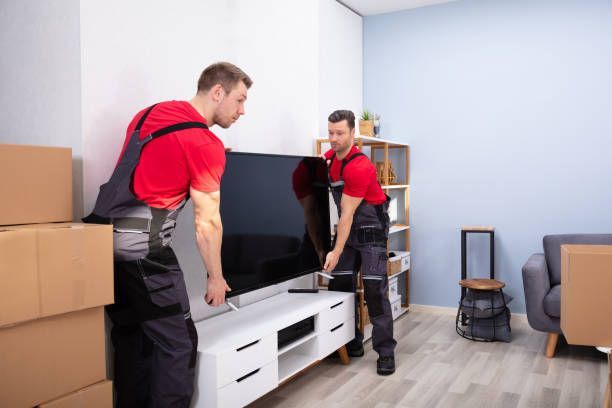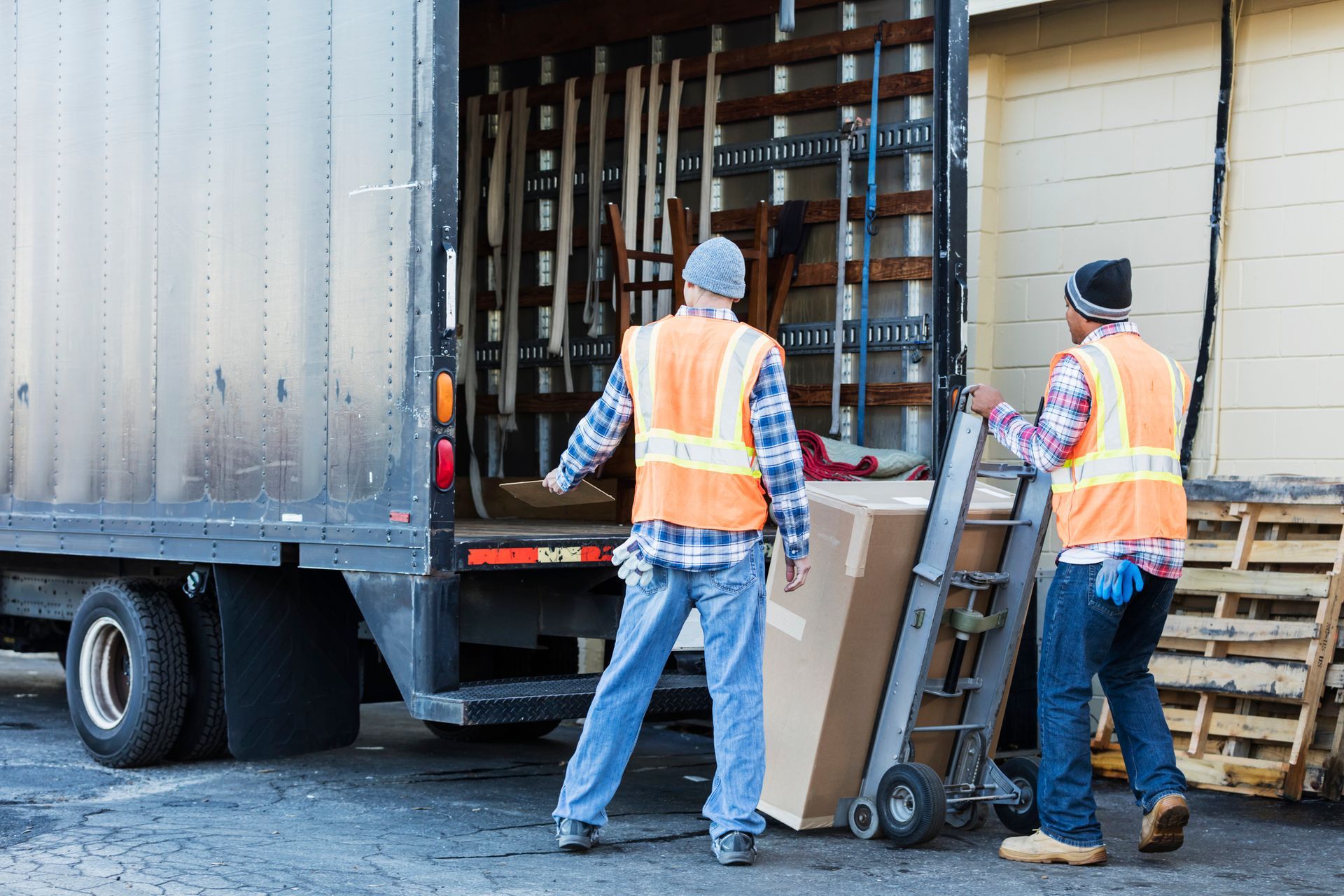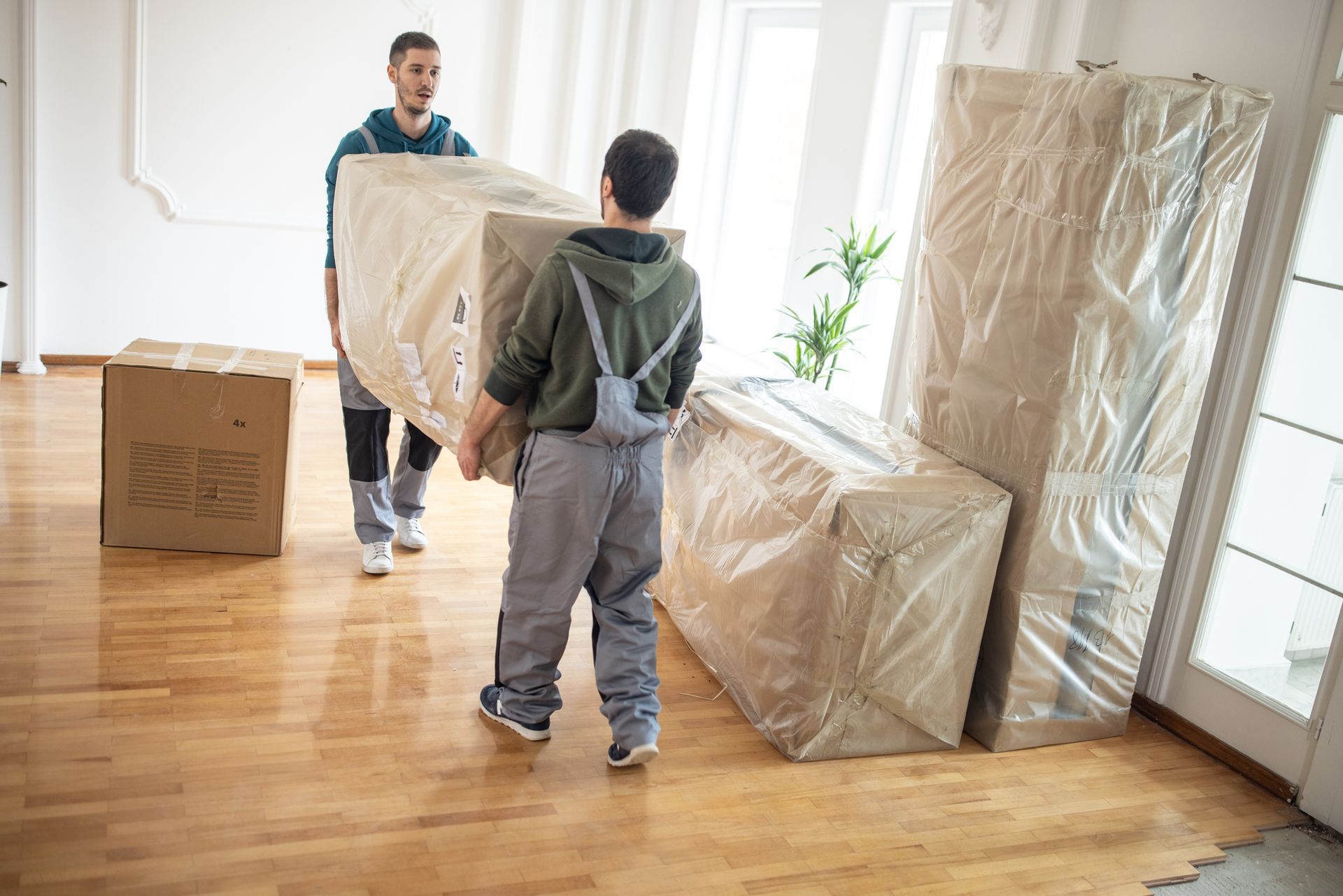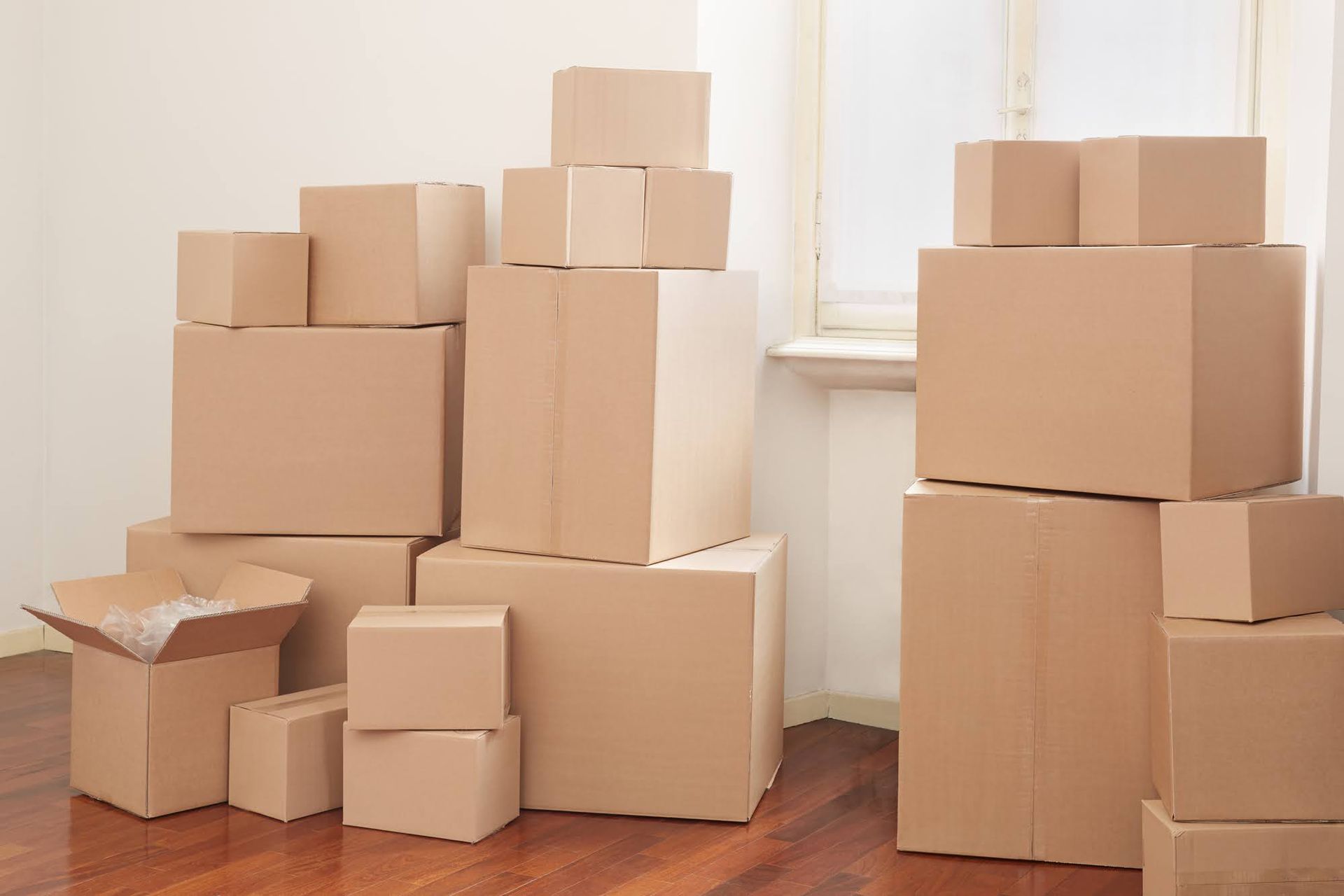Master the Move: Your Guide to Packing Electronic Items
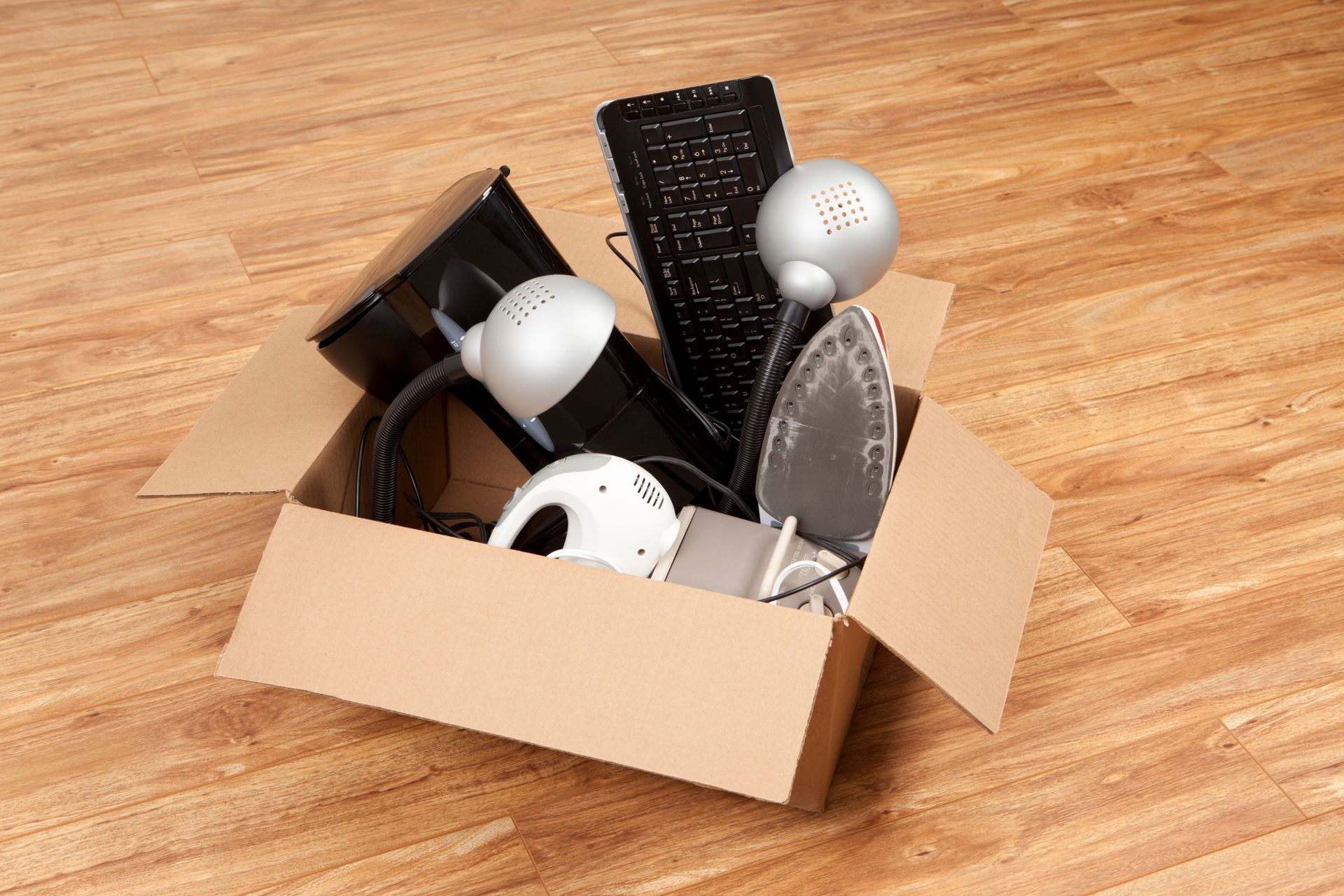
Packing for a move can be a daunting task, especially when it comes to organizing and protecting valuable electronic items. Whether you are moving across town or to a new state, the safety of your gadgets and appliances is a top priority.
To help ensure your electronic essentials remain damage-free and operational in your new home, follow these pro tips on packing electronic items.
Assess What You Have
The first step in packing your electronic items is to take stock of what you own. This is a good opportunity to get rid of electronics you no longer need or use. Consider selling, donating, or recycling devices at specific e-waste locations that no longer serve a purpose in your life.
Once you've whittled down your electronic inventory, take note of any pre-existing damage or issues. Documenting the condition of your devices before you start packing can be helpful for insurance purposes, especially for valuable items.
Gather the Right Supplies
You'll need the right packing materials to pack your electronic items securely. Here's a basic checklist of what you'll need:
- Boxes: Use sturdy, new boxes. If you can, use the original boxes that your electronics came in with corner inserts and other original packaging.
- Bubble Wrap and Tape: Protect fragile components with multiple layers of bubble wrap. Use tape to secure the bubble wrap in place.
- Packing Paper: Use plain newsprint or acid-free tissue paper to wrap items before placing them in a box.
- Cable Ties and Labeling Materials: Keep cords and cables organized with ties, and label them to make setup easier in your new home.
- Foam-in-Place Packaging: This is ideal for very fragile or irregularly shaped electronic items.
Safely Pack Your Electronics
For Small Electronics
Small electronics like tablets and accessories can be packed in a separate box from other electronics. You may even choose to carry those in a personal bag for safe keeping.
Follow these steps:
- Power down all devices and ensure that batteries are removed if possible.
- Pack smaller items in their original boxes, but make sure to use bubble wrap or packing paper as well.
- Label boxes with a detailed list of the items inside, including model numbers if available.
For Large Electronics
Devices such as televisions, computers, and sound systems require delicate packing to protect sensitive electronic components.
Ensure the following:
- Secure any moveable parts to prevent damage during transport.
- Wrap devices in an antistatic cover to protect them from dust and static electricity.
- Position larger devices in the middle of a box with cushioning on all sides to prevent shifting during the move.
Handle With Care
During the moving process, your boxes may undergo handling and shifting, so it's important to take extra care and label your boxes properly. Use clear, descriptive labels on all electronic boxes to signify their fragile contents. You'll also want to indicate which way is best to avoid unnecessary jostling of sensitive electronic parts.
Unpack and Set Up Safely
When you arrive at your new home, the most important task is to unpack and set up your electronics correctly. Have a designated area where you unpack electronic items and follow these tips:
- Unpack items slowly and methodically, ensuring you save all parts and pieces.
- Inspect electronics for any damages that may have occurred during the move.
- Organize all cords and cables as you unpack for an easier setup.
- Power on your electronics to check for any issues.
Moving is a challenging but exciting time. By taking the necessary steps to properly pack your electronic items, you can have peace of mind that they will arrive safely at your new abode. If you need help moving to a place, reach out to our team at Redondo Van & Storage and see how we can help you move.



